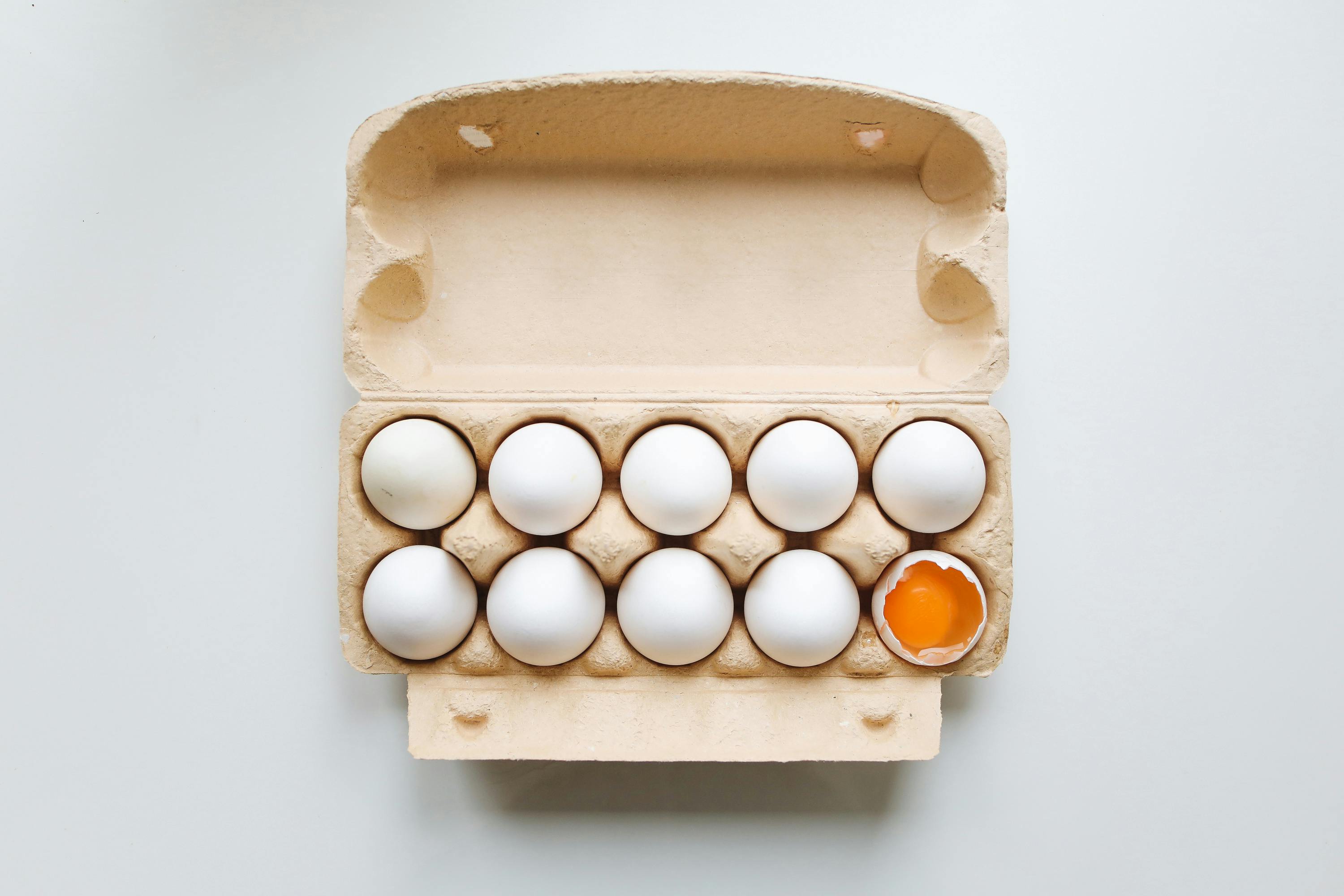As the deciduous leaves begin to change color to their vibrant yellows, oranges, and reds, they show us their true colors. Chlorophyll has a green pigment that masks the colors of the carotenoids that the leaf contains. These are the same carotenoids that bring the appealing yellows, oranges, and reds to our egg yolks. They are “hidden” in pasture plants and greens and are seen more obviously in fruits and vegetables such as peppers and carrots.
In a typical poultry feed containing corn, there are enough carotenoids to give the yolks a solid yellow color. When the hens are also pastured, they will consume a wider availability of carotenoid-containing plants. This is why you can get a good orange yolk on a fresh, highly digestible spring pasture.
When it comes time to put the pastured hens in the barn, or the pasture plants start to disappear from the winter run, then it is also time to start thinking about how to replace those carotenoids in the hen’s diet. This will keep your eggs looking bright to you or your customers, even on the darkest days.
The most common go-to feed addition for yolk color is alfalfa meal or hay. This can be added at around 5% to a typical layer diet, and/or can be offered as free-choice hay.
Another option is to add paprika and marigold petal powder to the feed. The rate of these additions is much lower, around 0.3%, or 6 lbs. per ton of feed.
There are also products that are concentrated sources of the carotenoids in marigolds and paprika, such as Oro-glo and Kem-glo, which are produced by Kemin Industries. A lower inclusion rate is usually needed for these products, around 3-5 lbs. per ton of feed.
If you are a very small or backyard producer, and you cannot get custom feed, feel free to have fun and experiment with ways to get carotenoids into your winter eggs. Sprouts, spent winter greens, and extra squash are all options. There might even be a fun science project for the kids here!
Although a dark orange egg yolk may remind you of spring, I think it should instead be a year-round reminder of the nutrient powerhouse that an egg can be. So as the year’s foliage turns, and those oranges and reds shine bright, let it signal to you that it is time to plan how to get those colors into your yolks, all winter long.
